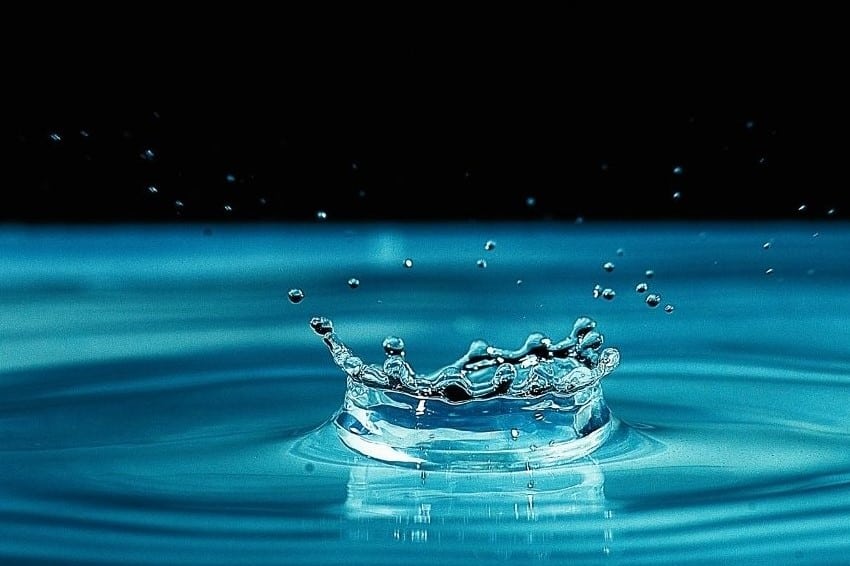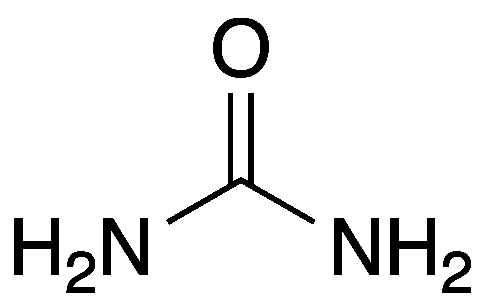Xenon tetrafluoride (XeF4) is a crystalline compound that is normally colorless or white. It is composed of xenon (a noble gas) and fluoride (a naturally occurring mineral). XeF4 can be used to detect and analyze trace metals that contaminate silicone rubber.
| Xenon tetrafluoride Formula | XeF4 |
| Structure | Square Planar |
| Hybridization | sp3d2 |
| Molar mass | 82.07 g/mol. |
| Nature | a linear molecule with two covalent Xe-F bonds |
| Polarity | nonpolar |
XeF4 is a chemical compound made up of Xenon (Xe) and fluorine atoms. Because XeF4 leaves a residue of metal impurities, it is widely used to degrade silicone rubber. The central Xe atom contains twelve atoms, eight of which share four fluorine bonds. Nonbonding electrons are the two lone pairs of electrons, on the other hand.
The structure of Xenon tetrafluoride is square planar and is made up of non-bonding electrons that form an octahedral shape. To minimize repulsion, the axial positions of the geometry in an octahedral shape are occupied by the lone pairs. This is why the compound Xenon tetrafluoride has a square planar structure.
The central atom, Xenon, is chemically bonded with four fluorine atoms to form a square planar molecular geometry.
Although the individual Xe-F atoms are polar, the Xenon Tetrafluoride molecule is nonpolar because they cancel each other out, resulting in a net dipole moment of zero.
Table of Contents
Related Links
N2O Lewis Structure| Laughing Gas
CO2 Lewis Structure and Molecular Geometry
SO2 (Sulfur Dioxide) Lewis structure
SiO2 Lewis Structure| Step By Step Construction
Frequently Asked Questions (FAQs)
1. What is a sigma bond?
In chemistry, sigma bonds (bonds) are the strongest type of covalent chemical bond. Atomic orbitals colliding head-on produce them. The symbol for a sigma bond is σ
Sigma bonds are the strongest covalent bonds because the relevant orbitals are directly overlapping. Electrons are the electrons that are involved in forming a connection.
Sigma bonds are the strongest covalent bonds because the relevant orbitals are directly overlapping. The electrons that are involved in a bond are known as electrons.
2. What is Sodium Sulfate?
The sodium salt of sulfuric acid is sodium sulfate. It has the formula Na2SO4 and is an inorganic chemical.
It is mostly utilized in the production of detergents and in the Kraft process of paper pulping. It exists in all forms as white solids that are very water-soluble. With an annual output of 6 million tonnes, decahydrate is an important commodity chemical product.
3. What is sulfur electronic configuration?
Sulfur electronic configuration is 1s2 2s2 2p6 3s2 3p4
4. What is CLF3 molecular geometry?
ClF3 has a T-shaped molecular geometry and trigonal bipyramidal electron geometry. This molecule has two lone pairs and three bound pairs, according to the ClF3 Lewis structure. ClF3 is a polar compound.
5. What is Sulfur hexafluoride?
Sulfur hexafluoride (SF6) is a non-toxic gas that is used in a variety of applications due to its inert properties. While SF6 is non-toxic when used properly, toxic byproducts can be produced during electrical discharges within SF6-filled equipment, posing a threat to the health of workers who come into contact with them.
6. What is Sulfur trioxide?
SO3 (sulfur trioxide) is a chemical compound. It is available in three forms: gaseous monomer, crystalline trimer, and solid polymer. It is solid at just below room temperature and has a relatively narrow liquid range. Gaseous SO3 is the primary precursor to acid rain.
5. What is a volatile substance?
The term “volatile” refers to compounds with a high evaporation capability. They have fewer intermolecular interactions and, as a result, may be transferred to the vapor phase quickly. They also have higher vapor pressures and lower boiling temperatures.
7. What are ionic compounds?
Ionic compounds are formed by a process known as electron transfer, in which one atom transfers electrons to another. An atom of one element loses one or more electrons during electron transfer, and an atom of another element gains those electrons. Both atoms are involved in the electron transfer from ions.
8. What is convection in the atmosphere?
Convection in the atmosphere is frequently seen in our weather system. As the sun heats the Earth’s surface, the air above it warms and rises. If the conditions are favorable, this air can continue to rise, cooling and producing Cumulus clouds.
9. What is the process of distillation?
Distillation is the separation of a mixture of liquids based on variations in their boiling points (or volatility). Water may be extracted from a salt solution using this method.
10. What is the combustion process?
Combustion is a chemical process in which heat and light are produced. The most common sort of combustion is fire.
11. What is Xenon Tetrafluoride (XeF4)?
Xenon tetrafluoride (XeF4) is a colorless/white crystalline chemical. It’s made up of xenon (a noble gas) and fluoride (a naturally occurring mineral). Trace metals that contaminate silicone rubber can be detected and analyzed using XeF4.
12. What is titanium and what is its electronic configuration?
Titanium is an atomic element with the symbol Ti and the atomic number 22. Titanium metal is a particularly durable metal for engineering applications due to its corrosion resistance, as well as its exceptional strength and low weight. It is 40% lighter than steel while maintaining the same strength as high-strength steel. The electron configuration of titanium is 1s2 2s2 2p6 3s2 3p6 4s2 3d2. Check another article “is titanium magnetic?”.
13. is aluminum conductive?
Aluminum is a metal with high electrical conductivity. Despite having just 60% the conductivity of copper by volume, one pound of aluminum has the electrical current-carrying capability of two pounds of copper by weight. Aluminum is a common material used to make satellite dishes. For details, please check the full article “is aluminum conductive?”.
14. What is the oxygen gas formula?
The oxygen formula is O2. Oxygen is a diatomic, colorless, odorless, and tasteless gas with 180-degree bond angles. The Oxygen formula comprises two oxygen atoms connected in a pair.
15. Oxalic acid formula?
Oxalic acid is classified as a bi-carboxylic acid (IUPAC name: ethanedioic acid, formula H2C2O4). Because of the combination of two carboxyl groups, it is one of the most powerful organic acids. Oxalates are oxalic acid anions, as well as their salts and esters.
16. What is Aluminium chloride?
Aluminium chloride (AlCl3) is a crystalline chemical compound that is white or yellow in color.
Aluminum oxide and hydrochloric acid are combined to create it. Its anhydrous form can also be produced by reacting with aluminum and chlorine.
17. Is Neon a noble gas?
Neon is a noble gas at normal temperature. Under normal conditions, it has roughly two-thirds the density of air and is colorless, odorless, inert, and monatomic gas.
More Links
NH3 Lewis Structure & Molecular Geometry
Is HCl Polar or Nonpolar?
CH4 Lewis Structure & Molecular Geometry
Cathode| Component of Cells and Batteries
Is Ammonium Ion (NH4+) Polar or Nonpolar?
- BCl3 Lewis Structure in four simple steps - November 1, 2023
- PH3 Lewis Structure in four simple steps - October 8, 2023
- PF3 Lewis structure in four simple steps - September 24, 2023



